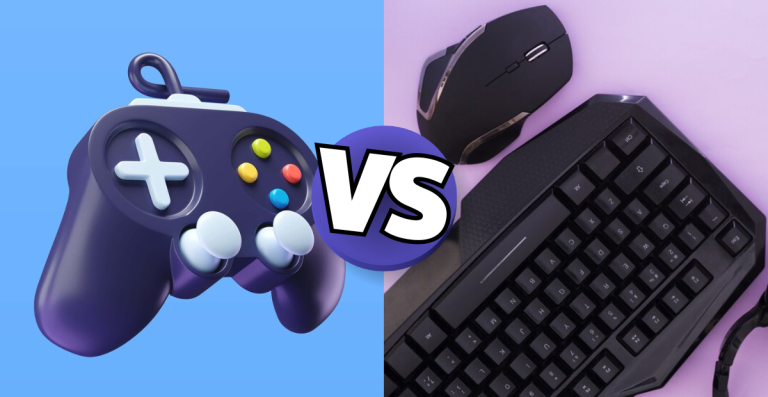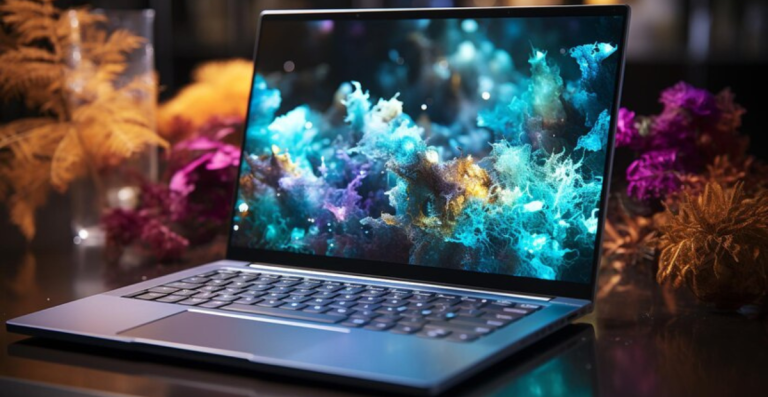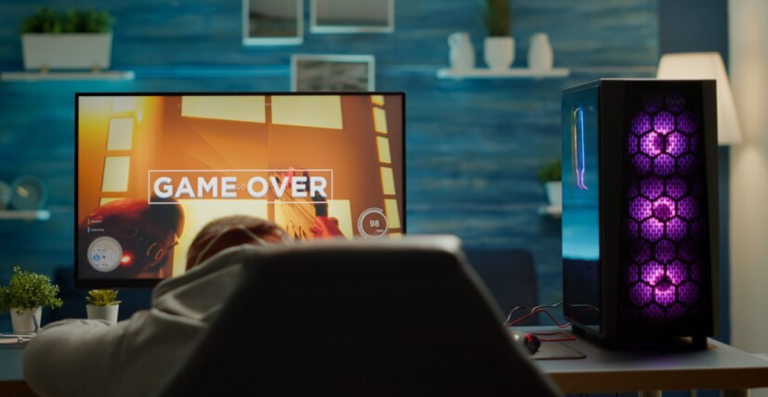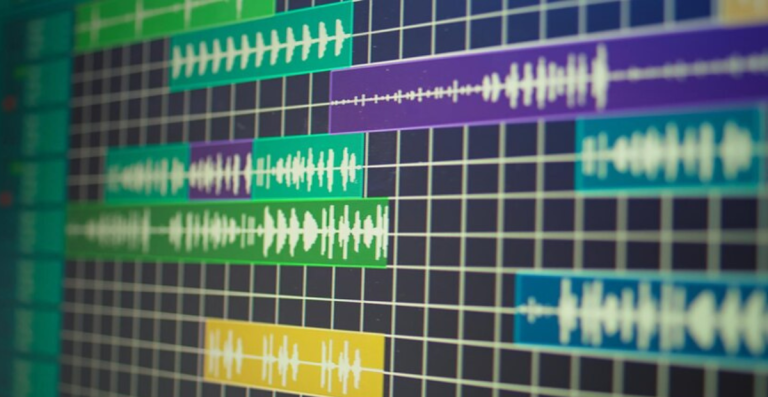Can Resolution Cause Bottleneck PC? What Gamers Should Know
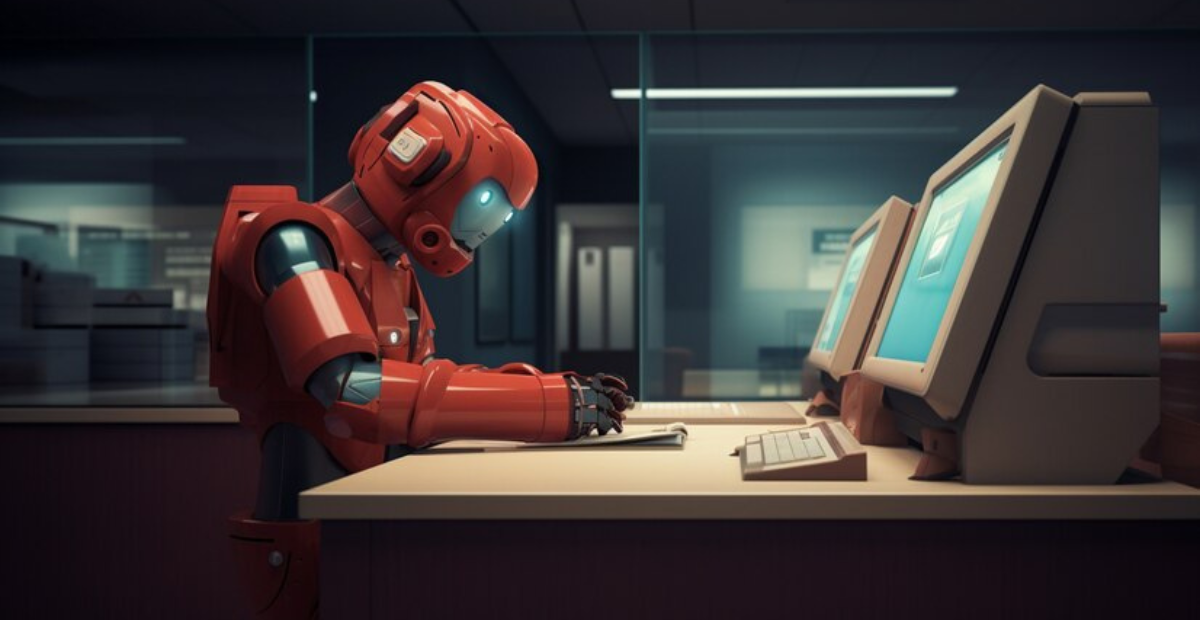
If you’ve ever wondered why your high-end PC occasionally struggles to offer seamless gaming, you’re not alone. Resolution and hardware constraints are typically the reasons behind frame rate reductions and lag.
These two criteria have a huge effect on how well your system runs current games. I’m going to guide you through how resolution may cause bottlenecks, why it happens, and what you can do about it to get the most out of your gaming experience.
Understanding the Role of Resolution in Gaming
Before getting into how resolution impacts performance, it’s crucial to grasp what resolution actually is and how it plays a key part in defining your game images. This section teaches the basics of resolution and why it’s more than simply a number on your display.
Defining Resolution: The Pixel Grid and Image Clarity
Resolution is the number of pixels seen on your screen, often represented as width by height, such as 1920 x 1080. Each pixel is a small square of color, and collectively they make the image you see in your game. The more pixels on your screen, the sharper and more detailed the pictures will seem. A low resolution could result in blocky or fuzzy graphics, while a higher resolution offers sharp, fluid visuals that help immerse you further into the gaming environment.
How Higher Resolution Improves Visual Quality
Higher resolution increases the number of pixels utilized to render the game environment, making everything from character texturing to backdrop landscape seem substantially clearer. For example, moving from 1080p to 1440p or 4K gives more detailed surroundings, higher clarity, and smoother lines.
This makes things feel more realistic and visually attractive. However, there’s a trade-off. Rendering all those extra pixels needs a lot more effort from your gear, particularly the GPU, which might lead to performance difficulties if your components aren’t well-matched.
What Is the Best Resolution in Games?
The “optimal” resolution frequently varies depending on your equipment and game objectives. This section lists the most widely used gaming resolutions, along with what each one offers.
Common Gaming Resolutions and What They Mean
Most gamers play on one of three standard resolutions: 1080p, 1440p, or 4 K. These refer to Full HD (1920×1080), Quad HD (2560×1440), and Ultra HD (3840×2160), respectively. The greater the resolution, the crisper and more detailed the image.
Choosing the proper resolution relies on your hardware configuration, display, and performance goals. Gamers with mid-range systems frequently stick with 1080p for smoother performance, while those with powerful setups go for the visual pleasures of 1440p or 4 K.
Beyond the Basics: Exploring Ultrawide and Other Aspect Ratios
In addition to standard resolutions, many gamers also explore ultrawide resolutions like 3440×1440, which provide a wider field of view. These are excellent for immersive gameplay, especially in racing or simulation games, but they also place additional strain on the GPU and require a monitor that supports the wider aspect ratio.
- 1080p (Full HD): 1080p is still the most widely used resolution in gaming today. It offers a solid balance between visual quality and performance. Most GPUs, including budget and mid-tier models, handle 1080p easily, making it ideal for competitive gaming where high frame rates are more important than ultra-sharp visuals.
- 1440p (Quad HD): 1440p is becoming the sweet spot for many gamers. It delivers noticeably better image quality than 1080p while still being manageable for mid to high-end GPUs. This resolution is perfect for gamers who want detailed visuals without compromising too much on frame rates. It’s also ideal for larger monitors where 1080p may begin to look slightly pixelated.
- 4K (Ultra HD): 4K delivers unmatched image clarity with four times the pixels of 1080p. Every texture and surface looks incredibly sharp. However, not every system can handle it well. It demands a top-tier GPU, and even then, some newer titles can push the hardware to its limits. For those who value visuals over high FPS, 4K is the pinnacle of gaming display.
How Resolution Produces Bottlenecks?
Although it comes with a price, increasing your resolution may significantly increase visual quality. Here, you can look at how increasing the number of pixels can cause your CPU or GPU to overwork, which can result in annoying performance problems.
Why Higher Resolutions Demand More GPU Power (80 words)
When you increase your game’s resolution, your GPU has to render more pixels for every frame. For example, 4K resolution has four times more pixels than 1080p, which means four times the workload for your graphics card. This requires more memory bandwidth and raw processing power. If your GPU isn’t strong enough, it can’t keep up with the rendering demands, which causes delays in frame delivery. This is where a GPU bottleneck happens, the graphics card becomes the limiting performance factor.
How It Affects CPU Performance
Even though resolution mostly impacts the GPU, the CPU can still be affected indirectly. When the GPU struggles to keep up, the CPU may also slow down while waiting for frames to process. Additionally, in high-resolution gaming, the CPU still has to handle AI behavior, physics calculations, game logic, and background tasks. If it’s not powerful enough to support those functions alongside GPU rendering, it can also bottleneck the entire system, resulting in inconsistent frame pacing or stutter.
Frame Rate Drops and Gameplay Lag
A system bottleneck caused by resolution stress often leads to FPS (frames per second) drops. You may experience random slowdowns, screen tearing, or input lag, all of which hurt your gaming experience. This becomes most noticeable in demanding games where both the CPU and GPU are under load. If either component can’t keep up, the smooth flow of frames is interrupted. The result is a laggy, choppy experience, even if your system seems powerful on paper.
Using Resolution Scaling to Manage Bottlenecks
Many modern games offer a feature called resolution scaling or dynamic resolution. This lets the game automatically adjust the resolution based on how well your system is performing in real-time. For example, if your GPU is overwhelmed, the game might drop the internal resolution slightly to maintain a steady frame rate.
It’s a helpful tool that preserves visual quality as much as possible while preventing noticeable lag or stutter, especially in graphically demanding titles or fast-paced gameplay.
How Different Resolutions Affect the Balance Between CPU and GPU
You can select the best resolution for your system by being aware of how each one affects your CPU and GPU. We’ll examine the effects of different resolutions on system balance and hardware load in this section.
What Happens at Lower Resolutions (1080p)
At 1080p, the workload on your GPU is relatively light, especially if you have a high-end graphics card. This can sometimes shift the bottleneck to the CPU, particularly in games that rely heavily on AI, physics, or world simulation. If your CPU isn’t powerful enough, it becomes the limiter, even though the GPU still has room to perform better.
What to Expect at Medium Resolutions (1440p)
At 1440 p the balance between CPU and GPU tends to even out. The GPU has more work to do compared to 1080p, but not so much that it becomes a constant bottleneck. This resolution allows both components to be fully utilized without pushing either to the extreme. For most modern mid to high-tier systems, 1440p offers a great mix of visual fidelity and stable performance.
Why 4K Gaming Pushes Your System Harder
At 4K, your GPU has to work significantly harder, and even powerful CPUs must keep pace. This resolution demands not only more GPU horsepower but also a fast CPU response to handle massive data throughput. If either component lags, bottlenecks will surface quickly. That’s why high-end specs and proper cooling are critical when gaming at 4K resolutions.
Tips for Optimizing Your PC’s Performance and Avoiding Bottlenecks
Even if your PC has sufficient hardware, improper optimization might still cause unpleasant bottlenecks. This section is packed with practical suggestions to help you get the most out of your system, decrease latency, and keep your CPU and GPU functioning smoothly during high-resolution gaming sessions.
Upgrade Components Based on Bottleneck Source
The first step in solving bottlenecks is identifying which component is causing the issue. If your GPU usage is always maxed out while the CPU usage stays low, your graphics card might need an upgrade. On the other hand, if the CPU is constantly at full capacity, that’s where the bottleneck lies. Upgrade only the part causing the slowdown, and always ensure compatibility with your existing motherboard and RAM.
Use Tools to Monitor Performance
Software tools like MSI Afterburner, HWMonitor, or NZXT CAM are essential for diagnosing performance issues. These applications help you monitor the load on your CPU and GPU in real-time during gameplay. If one component is working at 100% while the other stays idle or underutilized, you can pinpoint a potential bottleneck. Tracking temperatures also helps ensure you aren’t facing performance dips due to overheating.
Tweak In-Game Settings to Reduce Load
You don’t always need new hardware to fix performance problems. Many games allow you to adjust individual graphics settings like shadows, texture quality, anti-aliasing, or post-processing. Lowering these options reduces GPU strain without drastically compromising visuals. If you notice FPS drops in high-resolution settings, start adjusting the most demanding features first. Often, minor adjustments can significantly improve performance without ruining the visual experience.
Take Advantage of Resolution Scaling Features
Resolution scaling and dynamic resolution adjustment are lifesavers in modern games. These settings allow your game to drop resolution temporarily during heavy scenes while keeping the UI or menu elements crisp. This balance lets your GPU catch up when overwhelmed, reducing lag and stuttering. If you’re not ready to drop down from 1440p or 4K, enable this option to maintain smoother gameplay during intensive sequences.
Build a Balanced Gaming Setup
Before building or upgrading your PC, consider the resolution and type of games you’ll be playing. A balanced setup means your CPU and GPU are well-matched in terms of performance. Pairing a top-tier GPU with a weak processor (or vice versa) is a recipe for bottlenecks. Read benchmarks, consult community forums, and aim for a system where both components can handle your target resolution without holding each other back.
Ensure Proper Cooling for Stable Performance
Even if your hardware is powerful enough, poor cooling can cause performance to throttle. Overheating forces your CPU or GPU to lower its clock speeds to stay safe, which reduces performance. Make sure your PC has proper airflow, clean fans, and good thermal paste application. Consider aftermarket coolers for better temperature control. A cool system not only runs better but also lasts longer and stays more stable under heavy loads.
Conclusion
Resolution has a greater impact on gaming performance than most players are aware of. Your GPU and occasionally your CPU are under more strain when the resolution is higher. Bottlenecks can significantly reduce your game experience, in addition to being annoying.
However, you may reduce performance problems and take pleasure in fluid, engaging gaming by striking the correct balance between hardware, settings, and optimization strategies. Knowing how resolution affects performance is essential to creating a setup that genuinely performs, whether you’re gaming at 1080p or aiming for 4 K.

